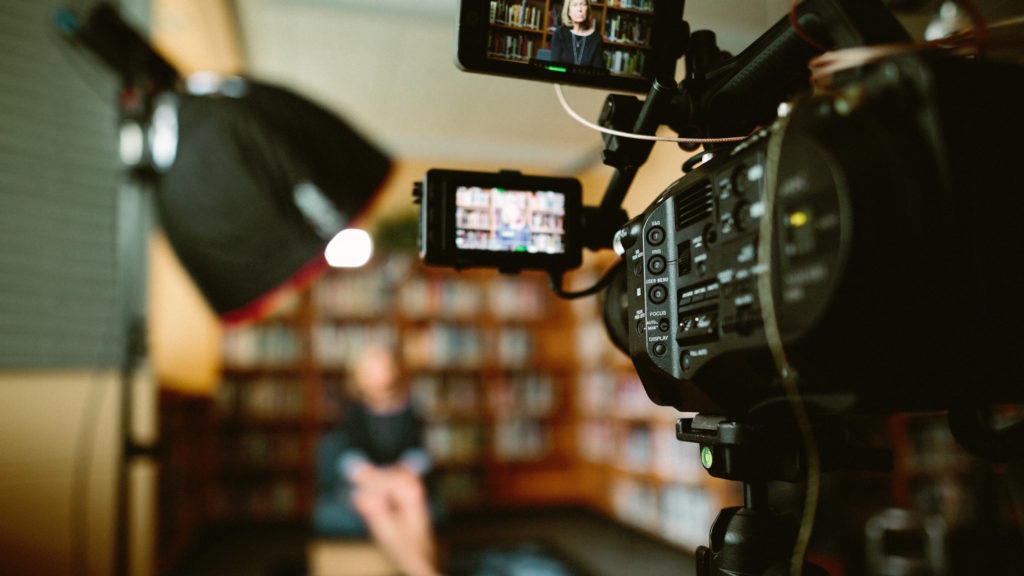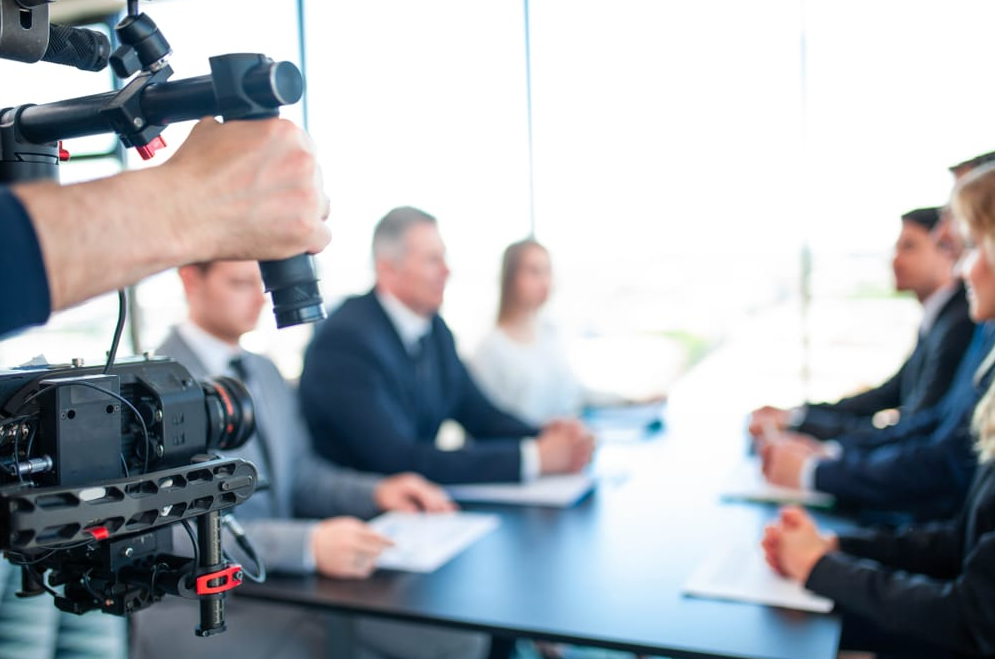Legal Videography: Why It’s a Necessary for Complex Legal Cases
Legal Videography: Why It’s a Necessary for Complex Legal Cases
Blog Article
Why Lawful Videography Is Important for Accurate Court Recordings
The role of lawful videography in courtroom settings can not be overemphasized, as it serves as a necessary device for preserving the honesty of court records. The ramifications of incorporating lawful videography into conventional court room practices increase crucial questions about its wider influence on the lawful system.
Importance of Visual Evidence
In the world of lawful process, the importance of visual proof can not be overemphasized. Visual evidence functions as an effective device in developing facts, proving testaments, and boosting the overall clarity of a situation. This sort of proof, which consists of pictures, video clips, and layouts, can provide a tangible context that verbal descriptions typically do not have, consequently using courts and courts a more clear understanding of the conditions bordering an instance.
In addition, aesthetic proof help in the retention of details. Human cognition is naturally aesthetic, and individuals are a lot more most likely to bear in mind and understand info provided in a visual style. In the court, this can be important, as engaging aesthetic proof can persuade viewpoints and strengthen the narrative presented by legal reps.
In addition, using aesthetic evidence can reduce misunderstandings and ambiguities that typically occur from verbal exchanges. By providing a straight depiction of occasions, visual evidence helps to remove subjective analyses and promotes a more unbiased assessment of the facts. The combination of aesthetic evidence right into lawful procedures not just enhances the integrity of the judicial process yet additionally improves the probability of achieving a simply end result.
Catching Non-Verbal Cues
Making use of sophisticated videography strategies can significantly boost the capture of non-verbal cues throughout lawful proceedings. Non-verbal communication, consisting of face expressions, body language, and eye get in touch with, plays an essential duty in sharing feelings and purposes that may not be explicitly stated in spoken testament. legal videography. Legal videography uses high-definition cameras and critical angles to make sure that these refined cues are taped with clarity and precision
The capacity to evaluate non-verbal actions can offer beneficial context to statements made during court sessions. A witness's reluctance or self-confidence can be analyzed through their position or motions, possibly influencing the jury's assumption of credibility. The use of close-up shots can assist concentrate on a speaker's expressions, allowing for a more nuanced understanding of the testament.
Additionally, incorporating numerous camera angles can produce an extensive sight of communications, highlighting dynamics between events involved. This diverse strategy not only improves the accuracy of the court record but likewise help in protecting the honesty of the judicial procedure - legal videography. Inevitably, capturing non-verbal hints with lawful videography cultivates a richer, more complete like it depiction of court room process

Enhancing Testimony Reliability
The integrity of statement can be considerably bolstered with using top quality lawful videography. Video recordings act as an objective tool that catches not just the talked words of witnesses but likewise the subtleties of their shipment, consisting of tone, pacing, and emotional expressiveness. This complex paperwork gives a clearer understanding of the witness's credibility and intents, which can be pivotal in legal process.
Furthermore, lawful videography minimizes the capacity for misinterpretations that might arise from composed records alone. When jurors can observe a witness's behavior and body movement along with their statement, they are better geared up to examine the credibility and reliability of the evidence offered. This visual context can strengthen the testimonial story, making it more compelling and credible.
Furthermore, the existence of a video clip recording can hinder potential variances in testament. Witnesses might be more careful in their declarations when they know they are being tape-recorded, causing even more accurate and honest accounts. Generally, high-quality legal videography improves the honesty like this of testament, guaranteeing that the court has accessibility to a full and truthful representation of the truths as shared by the witnesses.
Supporting Appeals and Reviews
Lawful videography plays a critical role in supporting appeals and reviews by offering a detailed aesthetic document of court process. This aesthetic documentation catches not only the talked words of witnesses and lawyers however additionally the subtleties of body language, tone of voice, and courtroom dynamics. Such elements can be crucial in understanding the context of testimonies and arguments offered.
In the appellate procedure, where the emphasis gets on mistakes of regulation and step-by-step justness, a video clip record can act as a crucial device for appellate courts. It makes it possible for courts to review the original trial context, guaranteeing that decisions are based on a full understanding of the process. The capacity to aesthetically examine the attitude of witnesses or the communications in between celebrations can reveal understandings that composed transcripts may ignore.

Furthermore, legal videography can aid in clarifying obscurities in statements or procedural judgments, consequently enhancing the basis for an appeal. By using a trustworthy, unbiased account of what transpired in court, lawful videography not only supports the honesty of the lawful process however also encourages all celebrations involved to make enlightened decisions concerning their situations.
Simplifying Courtroom Procedures
Enhancing courtroom performance, lawful videography enhances procedures by providing prompt accessibility to aesthetic documents of procedures. This modern technology permits courts, lawyers, and courts to revisit vital statement and proof, guaranteeing that all events have a clear understanding of the instance. By recording the subtleties of verbal and non-verbal interaction, videography improves the record, making it much easier to realize the context and weight of testimonies.

Additionally, video clip recordings can help with remote involvement in hearings, enabling for greater adaptability in scheduling and engagement, which is especially valuable in complicated cases entailing multiple stakeholders.
Verdict
In final thought, lawful videography plays an important duty in guaranteeing exact court recordings by offering important aesthetic evidence that catches both verbal and non-verbal communication. This technique improves the integrity of testimonies, supports appellate testimonials, and improves court procedures. By promoting a thorough understanding of courtroom characteristics, Recommended Reading lawful videography ultimately adds to extra equitable judicial results, enhancing the integrity of the lawful system and facilitating notified decision-making.
Report this page